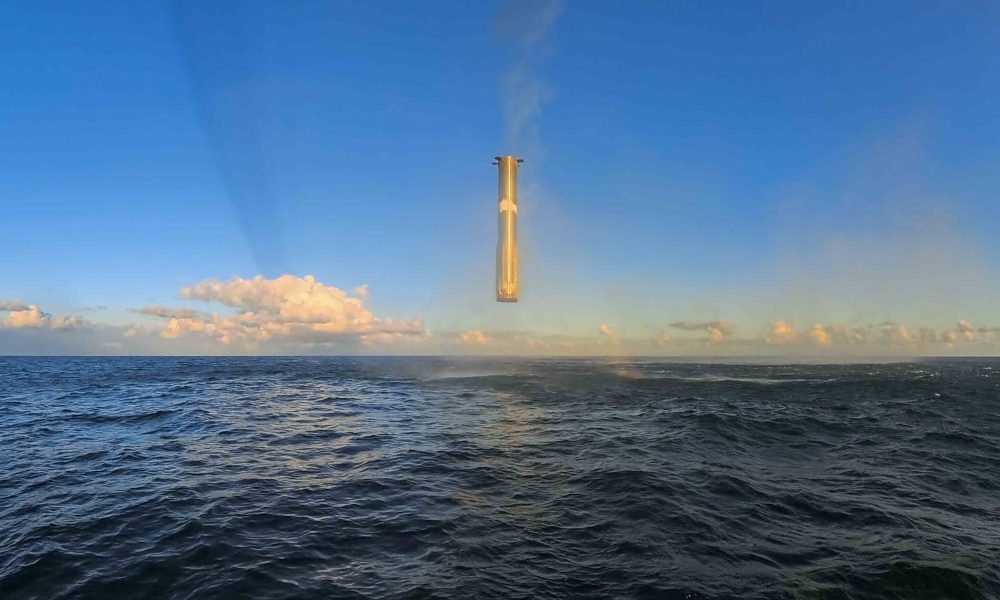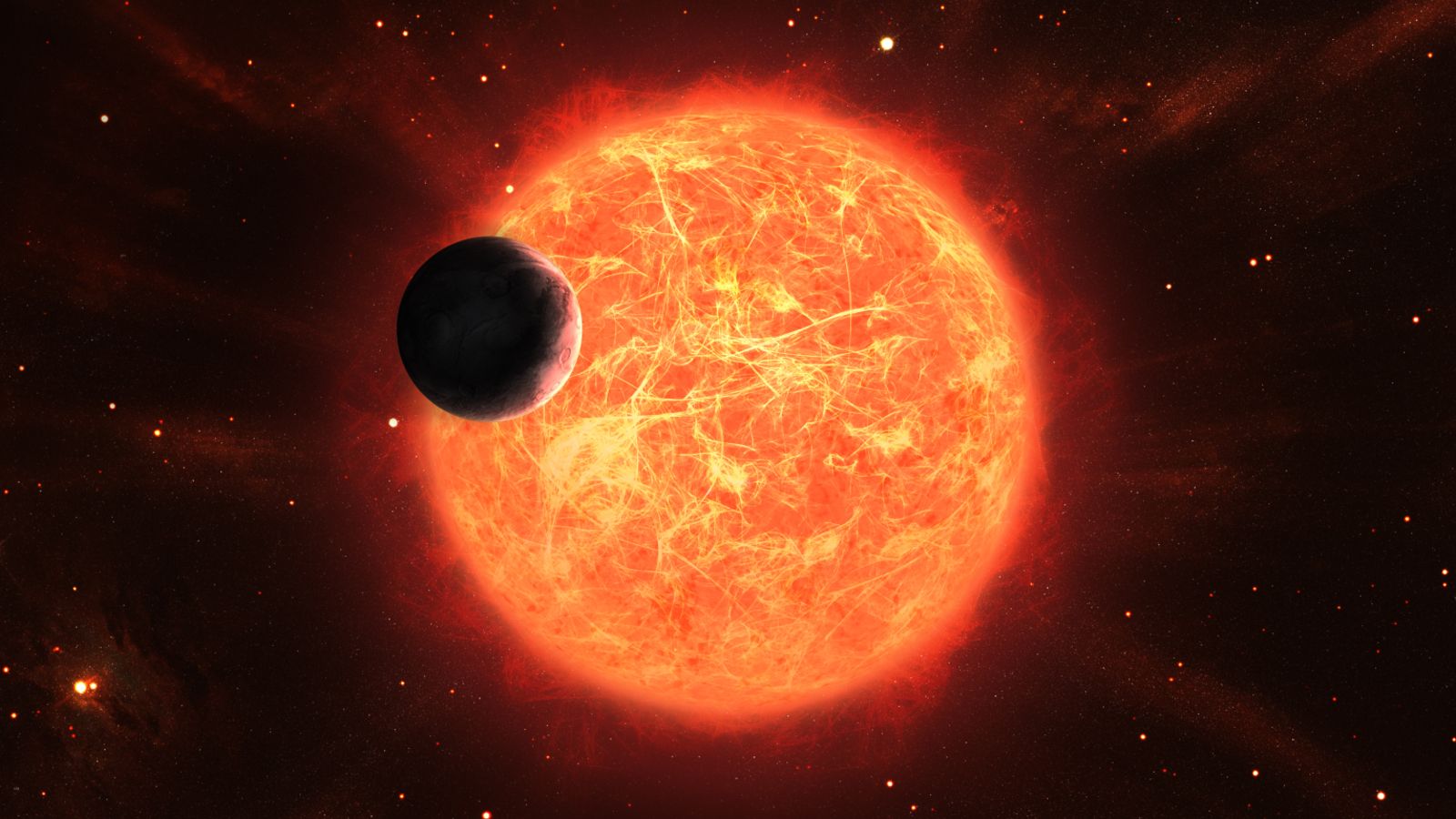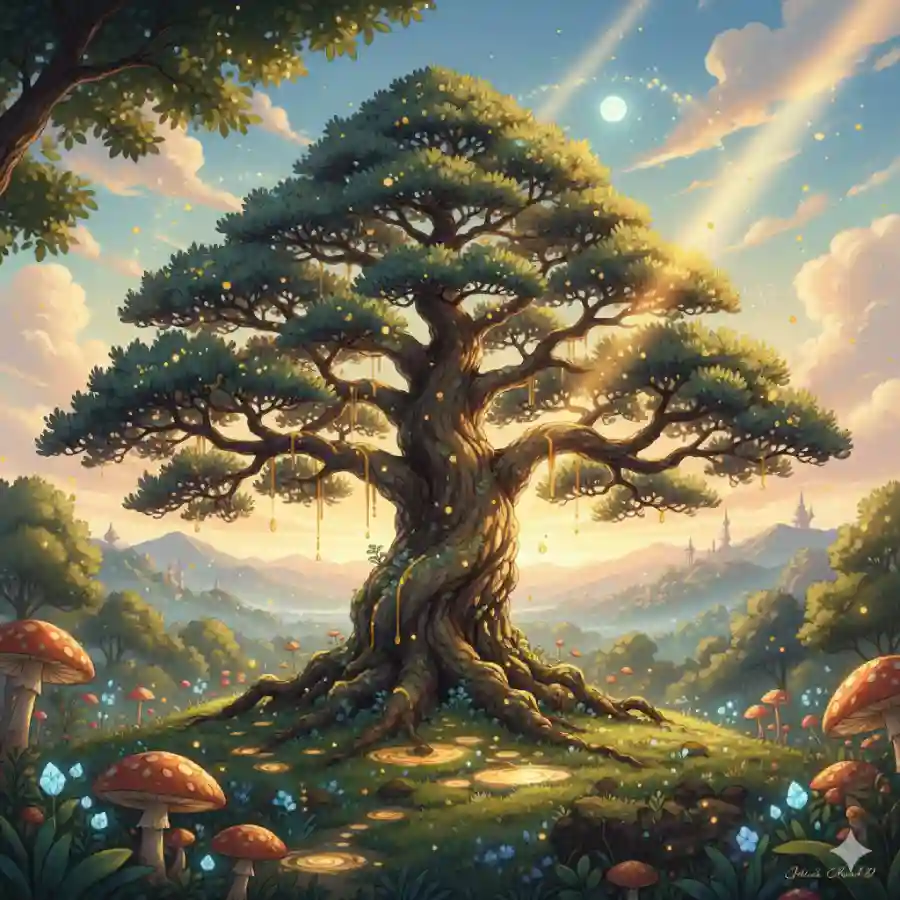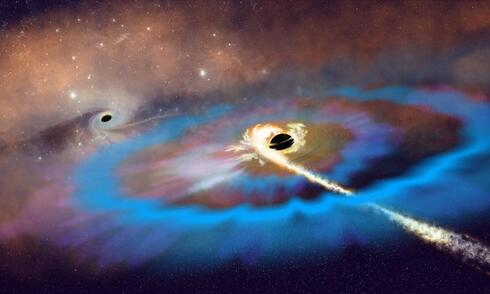Unbelievable Discovery: Mars' Surface Reshaped by Burrowing Dry Ice Blocks!

Imagine a world where ice behaves like a living organism, burrowing into the ground and reshaping landscapes. Well, on Mars, that bizarre phenomenon might just be a reality! For decades, scientists have been on a relentless quest to find traces of life on the Red Planet, exploring ancient riverbeds and lake basins that hint at a once wetter environment. But a groundbreaking new study has flipped our understanding upside down, suggesting that what’s really at play is something eerily lifelike—giant blocks of dry ice that seem to burrow through the Martian surface like creatures from science fiction.
Published in the journal Geophysical Research Letters, the research led by Utrecht University has revealed that the sinuous channels winding through Martian dunes, previously thought to be carved by flowing water, are in fact sculpted by blocks of carbon dioxide ice. These massive ice structures slide and dig their way downhill as they sublimate—essentially vaporizing into gas—as they interact with the Martian atmosphere.
Dr. Lonneke Roelofs, a co-author of the study and Earth scientist at Utrecht University, marveled at the results: “After simulating a dune slope at various angles and letting a block of CO2 ice slide down, we observed it dig into the slope like a burrowing mole or the sandworms from Dune. It looked very strange!” The researchers’ experiments reveal a whole new layer to how we interpret Mars’ surface features, challenging the long-held views about the planet’s capacity to support life.
Linear dune gullies, found across mid-latitude areas of Mars, have puzzled scientists for years. Initially, they were attributed to debris flows from melting ice—exciting evidence that suggested liquid water once flowed there. But images captured by NASA’s Mars Reconnaissance Orbiter in the mid-2000s presented a different story. These gullies were active and changing with the seasons, aligning more with the thaw of carbon dioxide frost rather than flowing water.
To probe deeper, Roelofs and her team constructed a miniature Martian dune in a low-pressure chamber, mimicking Mars’ atmospheric conditions. They released blocks of CO₂ ice onto the dune and recorded the results: The dry ice not only slid but also burrowed, with vapor gas building up beneath it to create explosive bursts that flung sand high into the air. This unique behavior carved deep, sinuous channels that perfectly mirrored the mysterious gullies seen from orbit.
What’s fascinating is how Martian conditions allowed for this burrowing effect. With little air resistance in Mars’ ultra-thin atmosphere, sublimating gases can erupt violently, creating features that wouldn’t form on Earth. On steeper slopes, the ice blocks move quickly, while on gentler slopes, they burrow deeper, generating the unique characteristics of the gullies that have baffled researchers for years.
Satellite data from Mars’ Russell Crater supports this theory, showcasing shallow gullies morphing into deeper channels—precisely what the lab experiments replicated. The researchers even calculated how far explosive gas bursts could eject sand, revealing a dynamic world still shaped by these processes today. This ongoing reshaping hints that Mars is anything but a dead planet; its dunes are alive, constantly evolving as CO₂ frost settles and sublimates each spring.
The study’s implications extend far beyond Mars. It urges scientists to rethink how they interpret similar features on icy moons like Europa, Triton, or Titan. With gaseous sublimation acting as a potential sculptor of landscapes, planetary science may need a fresh approach to understanding these celestial bodies.
As Dr. Roelofs aptly pointed out, “Mar’s proximity to Earth and its potential for liquid water makes it a prime candidate for studying the origins of life. By exploring these alien landscapes, we’re expanding our understanding of planetary evolution.” Mars, it seems, still holds many secrets, and every discovery leads us closer to answering the profound questions of life beyond our own world.



























